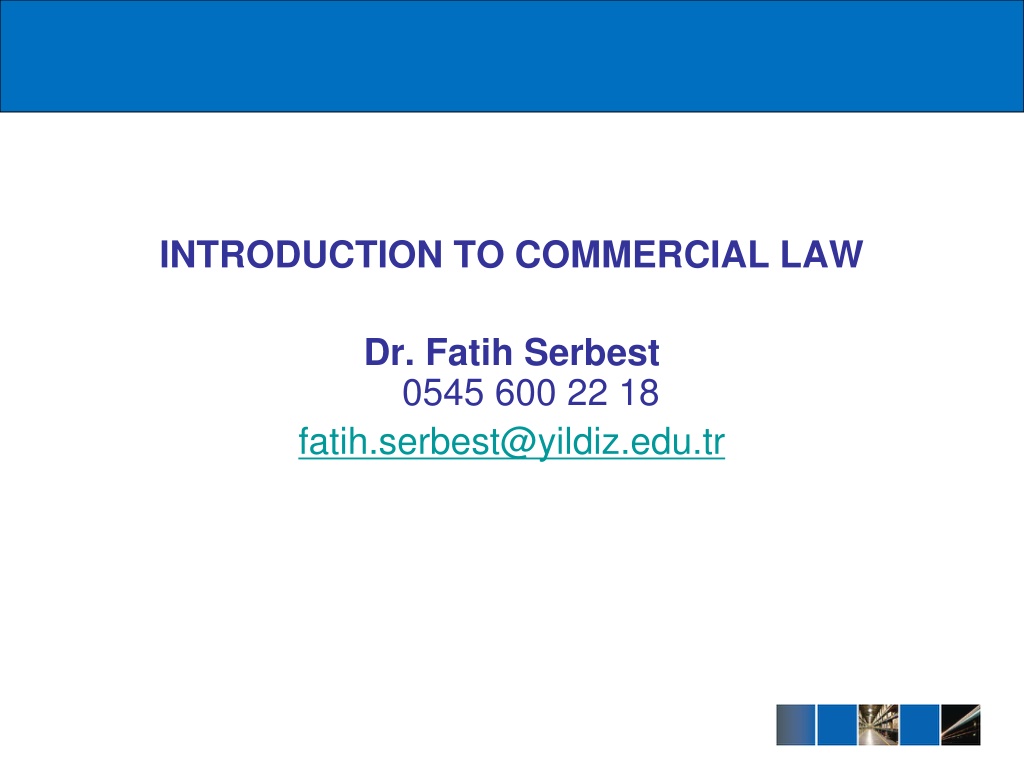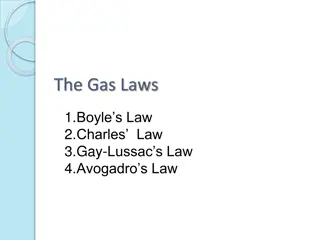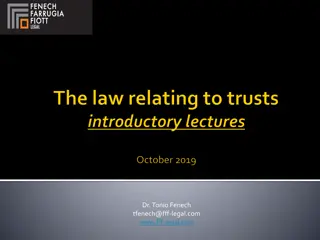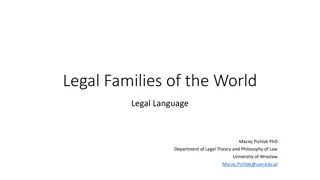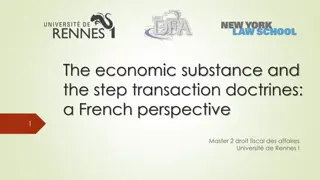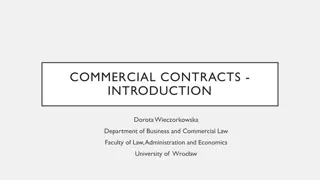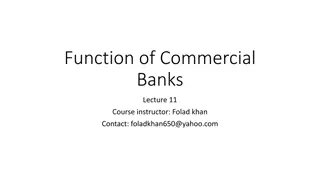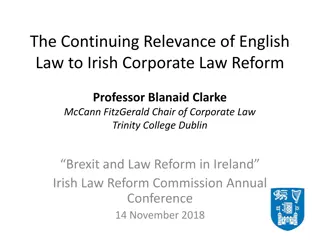Key Concepts in Commercial Law
Principles of commercial law, personal property distinctions, ownership rights, possession, bailment, and more are explored in this comprehensive guide on commercial legalities.
Download Presentation

Please find below an Image/Link to download the presentation.
The content on the website is provided AS IS for your information and personal use only. It may not be sold, licensed, or shared on other websites without obtaining consent from the author.If you encounter any issues during the download, it is possible that the publisher has removed the file from their server.
You are allowed to download the files provided on this website for personal or commercial use, subject to the condition that they are used lawfully. All files are the property of their respective owners.
The content on the website is provided AS IS for your information and personal use only. It may not be sold, licensed, or shared on other websites without obtaining consent from the author.
E N D
Presentation Transcript
INTRODUCTION TO COMMERCIAL LAW Dr. Fatih Serbest 0545 600 22 18 fatih.serbest@yildiz.edu.tr
Principles of commercial law Certainty Responsiveness Laissez-faire Simplicity Efficient International
Personal property Distinction between personal property and real property (land) Three types of personal property Chattels real (Leases of land) Things in possession ( Goods which can be any object) Things in action (Split between documentary intangibles and pure intangibles)
Personal property Property is all about the rights in relation to that property and having those rights recognised and enforced within the legal system Rights in property (ownership and possession) are contrasted with personal rights where one person can sue another person in respect of property
Ownership The right to ownership is what is left after other rights (possession, use, income) have been granted For joint ownership the owners are not thought to own anything as individuals; for co-ownership each individual owns a share of the whole (The Ypattianna [1988])
Ownership English law recognises a difference between legal and equitable ownership A Transfers property to B (Legal owner) who holds property on trust for C (Equitable owner)
Possession Possession consists of two factors: 1. The exercise of control Can vary depending on the nature of the goods 2. The intention to possess (animus possidendi) An intention to exclude others from possession Wilson v Lombank Ltd [1963]
Bailment Limited rights of possession are transferred from the bailor to the bailee The bailee should take reasonable care of the goods and although they may seek to limit their liability there are limitations on doing so found within common law and statute law
Bailment The bailor retains constructive possession and the proprietary right would be important or retrieving goods if the bailee went bankrupt Constructive possession can be passed from one person to another by attornment The assent of all three parties is required Godts v Rose (1855)
Bailment The possession of a bailee is still protected against interference by third parties The Winkfield [1902] Full recovery by a bailor precludes further recovery by the bailee and vice versa O Sullivan v Williams [1992]
Bailment If a bailor does not have a right to immediate possession then she has no claim in trespass or conversion HSBC Rail (UK) Ltd v Network Rail Infrastructure Ltd [2005] Where there is a dispute over possession the court has to work out whose claim is paramount Great Eastern Railway Co v Lord s Trustee [1909]
Dealing with intangibles Documentary intangibles can be transferred by transferring the document Pure intangibles such as a debt owed can be assigned to another person in line with s. 136 of the Law of Property Act 1925 In writing Signed by the assignor Notice given to the debtor
